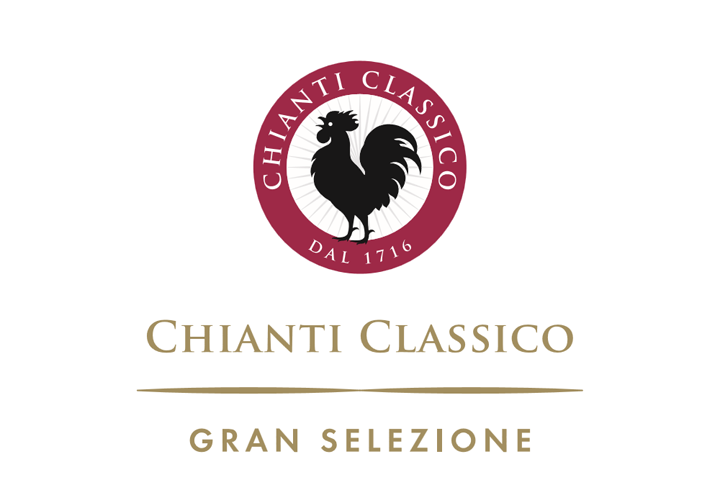
Chianti Classico’s New Designation: Gran Selezione
In February 2014 a new tier – and one that tops the pyramid – was added to Chianti Classico’s wine classification: Gran Selezione. At the urging of some of Tuscany’s most prominent estates, the Consorzio had been considering a proposal to give Chianti Classico a top-tier category for some time. The contention was that the Riserva designation – the former pinnacle – didn’t guarantee any particular increase in quality, simply a longer ageing period. Thus a bottle of Riserva could simply be an ordinary Chianti Classico aged for 24 months rather than 12, which certainly carries no quality assurances. The argument was that with some tighter technical requirements, more transparent origin stipulations and a more rigorous tasting panel assessment, that Chianti Classico would have a designation that truly reflected superior bottlings. But is that what we’ve ended up with?
Initially the reports were that the Gran Selezione designation would be reserved for single vineyard wines, highlighting the primacy and character of individual sites and the differences between the sub-zones. All in all this would be a sensible advancement, the only downside for the consumer being that the wines would inevitably attract higher price tags. Well, the latter has turned out to be true, but the former is a mere shadow of its rumoured intent. The actual stipulation only mandates that a wine must come from an estate’s own vineyards, and when you consider the size of some of Tuscany’s largest estates, this renders it almost meaningless.
The final law requires that a wine must be at least 80% Sangiovese (as with regular Classico and Riserva) aged for a minimum of 30 months before bottling and must rest in bottle for at least three months before release. The minimum alcohol level is 13%, 0.5% up from the Riserva category and the minimum dry extract must be no less than 26g per litre. Aside from that, so long as it comes from Classico vineyards under the ownership of the estate, then it’s eligible for consideration as Gran Selezione. In fact, the first wines that were classified came from the 2010 vintage and were essentially Riservas that fell within the newly minted rules. In addition to these requirements, a tasting panel assesses the submitted wines to see if they reach a level of quality befitting the classification – a significant point of local contention as this can only be essentially subjective, and it is hard to imagine that style bias does not play a part.
There is much contention about the value of the Gran Selezione designation to both producers and consumers. Indeed, it is arguable whether Chianti needs more highly priced wines in a super-Riserva style. The Riserva category itself doesn’t always return the best or most enjoyable bottles; like anywhere in the world it is the pedigree of the producer that is the best guarantee of quality. Regardless, as a category it will no doubt find an audience, though perhaps one that is more intent on a perception of prestige rather than true quality or authenticity – perhaps the target market.
If Gran Selezione contrives to suggest a guarantee of origin, it is only a veneer, and one that may only further serve to bury the true detail of territorial expression. For me, it is that nuance of sub-zone and site that is of most interest, and, unfortunately, it is a facet of Chianti that is so often not emphasised enough. There is no doubt that many of the GS wines will be of very high quality, but it seems like a lost opportunity to provide greater clarity to the great diversity contained within the region.
